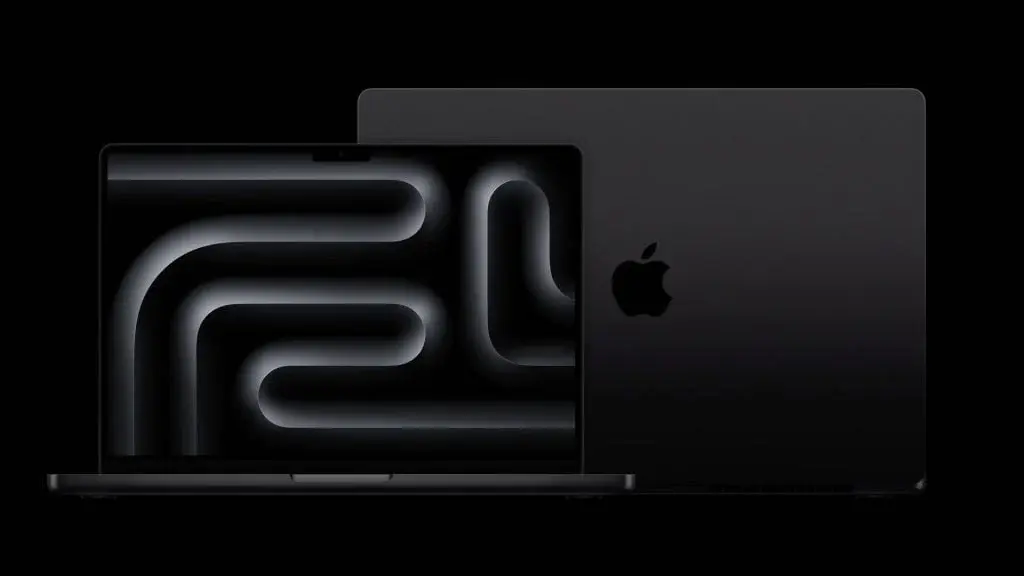Apple MacBook Pro (M3, M3 Pro) Teardown: What the Inside Reveals
A recent teardown of the 14-inch MacBook Pro with M3 chips has provided some interesting insights into the device’s construction and design. While there are no major changes to the way the M3 Pro model is constructed, there are notable differences compared to the M3 model. Let’s take a closer look at what the teardown reveals.
Cooling System: More Power, More Fans
One of the most significant differences between the two models is the cooling system. The M3 Pro comes equipped with two fans to cool down the chip, while the M3 model uses only one. This difference is likely due to the fact that the M3 Pro is a more powerful chip and generates more heat. Additionally, the M3 Pro also features a larger heatsink compared to the M3 model.
Storage: Eliminating Speed Bottlenecks
Another major difference between the two models lies in the storage. The base M3 board of the MacBook Pro has two flash storage modules, which theoretically eliminates the speed bottlenecks experienced in the M2 Air, which only had one module. This means that the M3 model should offer faster storage performance compared to its predecessor.
Similar Design with Easy Replacements
Despite these differences, the overall design of both models remains very similar. The insides of both the M3 and M3 Pro are mostly modular, allowing for easy replacement of most components. This modularity ensures that users can easily swap out faulty or damaged parts without much hassle.
Some Components are Locked Down
However, it’s worth noting that there are a few components that are locked down and cannot be easily replaced. These include the Touch ID and lid angle sensors, which are paired to the logic board. Special tools are required to replace these components, making it more challenging for users to perform repairs themselves.
Repairability Score
iFixit, a renowned company known for its teardowns and repairability assessments, has given the new MacBook Pro models a provisional “Repairability” score of four out of ten. This score is based on the expectation that parts and manuals will be provided via Self Service Repair channels, which would make it easier for users to repair their devices.
In conclusion, the teardown of the 14-inch MacBook Pro with M3 chips has revealed some interesting details about the device’s construction and design. With improved cooling systems, faster storage, and a mostly modular design, these new models offer potential for easy repairs. However, users should be aware of the few components that are locked down and may require professional assistance for replacement.


Leave a Reply